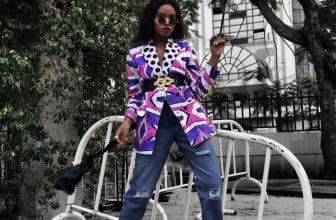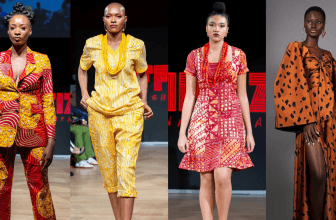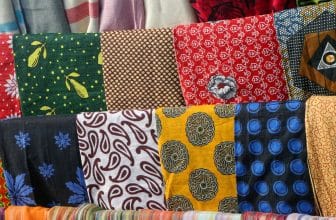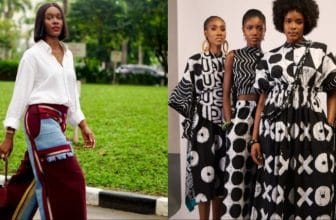The Hidden Role of Fabric Weight in Perfect Outfit Design
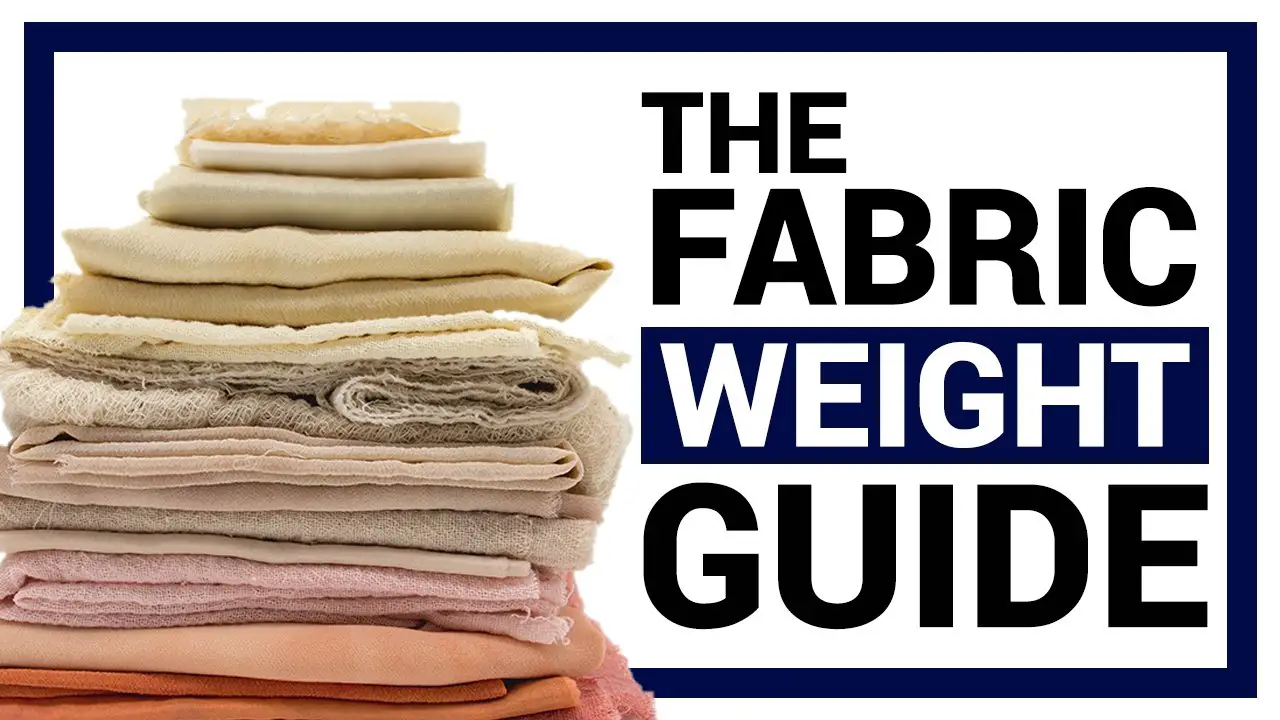
Introduction
Have you ever wondered why some clothes drape beautifully while others feel stiff or bulky?
The secret lies in something most beginners overlook — fabric weight.
Whether you’re a designer, tailor, or DIY fashion lover, understanding the importance of fabric weight can completely change how your projects look, feel, and move.
It’s not just about how thick a fabric is — it’s about how it behaves.
Let’s explore how mastering this subtle detail can take your designs from good to professional-level perfect.
What Is Fabric Weight, Really?
Fabric weight simply measures how heavy or light a fabric is, usually in grams per square meter (GSM).
But beyond the numbers, it tells you how the material will hang, stretch, and breathe.
There are three main types of fabric weight:
• Lightweight fabrics (up to 150 GSM): airy and flowy — like chiffon, silk, organza, or lawn cotton.
• Medium-weight fabrics (150–350 GSM): versatile and structured — like denim, linen, or jersey.
• Heavyweight fabrics (350 GSM and above): sturdy and warm — think wool, canvas, or upholstery cotton.
Each weight has its own rhythm, its own mood, and its own story to tell.
Why Fabric Weight Matters in Design
Imagine sewing a summer dress with thick denim — it won’t move gracefully.
Or trying to make tailored trousers from chiffon — they’ll lose their shape instantly.
Choosing the right weight is what makes a design work.
Here’s how fabric weight in fashion design influences every outcome:
• Drape: Lightweight fabrics fall softly; heavyweight ones hold their shape.
• Fit: Thicker materials create structure; thinner ones highlight movement.
• Comfort: Lighter fabrics breathe better in warm weather; heavier ones insulate in cold.
• Durability: Weight often determines how long a fabric will last under wear.
When you understand this, you stop guessing — you start designing with intention.
Matching Fabric Weight to Your Project
Here’s a simple guide to help you choose fabric weight for clothing designs:
Type of Garment Recommended Fabric Weight Example Fabrics
Summer Dress Lightweight Chiffon, Rayon, Cotton Lawn
Shirt / Blouse Light to Medium Poplin, Voile, Linen
Trousers / Pants Medium Twill, Denim, Gabardine
Jacket / Coat Heavyweight Wool, Tweed, Canvas
Evening Gown Light with Body Satin, Silk Crepe, Organza
When fabric weight matches the project, every seam, stitch, and fold feels effortless.
Lightweight vs Heavyweight: Finding the Balance
There’s beauty in both.
Lightweight fabrics give movement — they dance with the body.
Heavyweight fabrics give presence — they command attention.
Great designers know how to balance them.
For example: pairing a crisp cotton shirt (medium-weight) with flowing chiffon sleeves (lightweight) adds elegance and texture.
It’s not about choosing one over the other — it’s about letting them complement each other.
Pro Tip: Always Test the Drape
Before cutting, hold your fabric by one corner and let it hang.
Notice how it falls — stiffly or softly? That’s the drape revealing the true behavior of fabric weight.
Designers use this little test to avoid heartbreak later.
Because no matter how pretty a print looks, if the weight doesn’t suit the project, it will never look professional.
Conclusion
Fabric weight might not sound glamorous — but it’s the backbone of great design.
It decides how your clothes move, feel, and live on the body.
When you learn to read fabric weight like a second language, every outfit you create will feel intentional, timeless, and beautifully made.
So the next time you’re at the fabric store, don’t just look at color or texture — lift the fabric. Feel the weight.
That’s where true craftsmanship begins.



